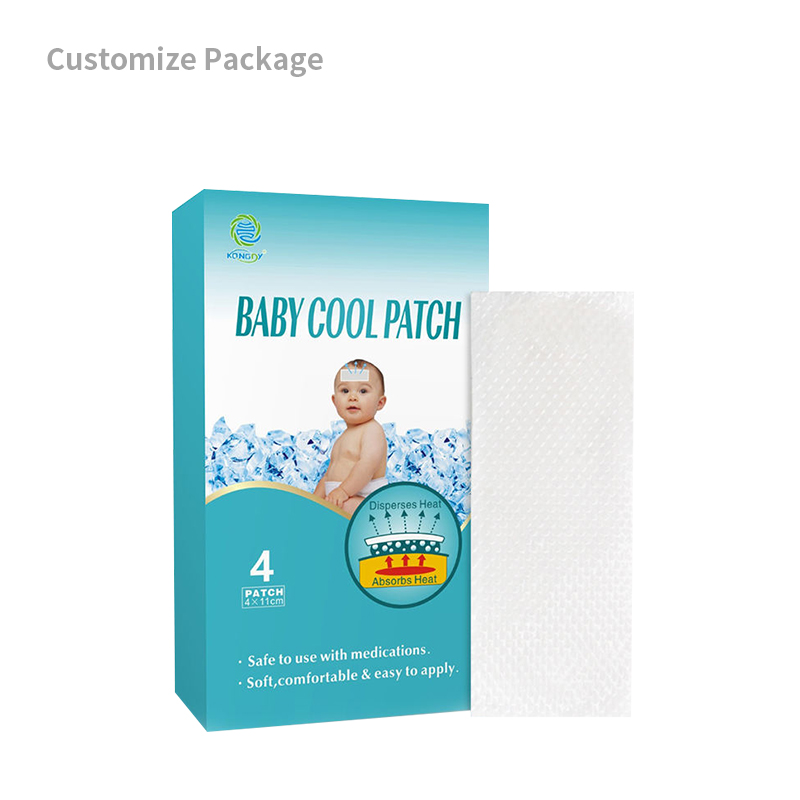Key Regulatory Guidelines for Transdermal Gel Patch Manufacturers
Key Regulatory Guidelines for Transdermal Gel Patch Manufacturers
Transdermal gel patches have emerged as a revolutionary drug delivery system, providing patients with a convenient and effective alternative to traditional oral or injectable medications. However, the manufacturing of these patches is a highly regulated process, requiring manufacturers to adhere to strict guidelines to ensure product safety and efficacy. This article delves into the key regulatory guidelines that transdermal gel patch manufacturers need to follow.
1. Good Manufacturing Practices (GMP)
GMPs form the cornerstone of regulatory compliance for all pharmaceutical manufacturers, including those producing transdermal gel patches. These practices cover every aspect of manufacturing, from raw material procurement to finished product release. Manufacturers must ensure that their facilities are clean, organized, and well-maintained, with procedures designed to prevent contamination and cross-contamination. Additionally, staff must be trained in GMP principles and adhere to strict hygiene and safety protocols.
2. Product Registration and Approval
Before marketing a transdermal gel patch, manufacturers must obtain regulatory approval from the relevant authorities, such as the Food and Drug Administration (FDA) in the United States or the European Medicines Agency (EMA) in Europe. This process involves submitting extensive documentation, including details of the patch's composition, manufacturing process, clinical trial data, and safety profile. The authorities evaluate this information to ensure that the patch is safe and effective for its intended use.
3. Quality Control and Assurance
Quality control is a crucial aspect of transdermal gel patch manufacturing. Manufacturers must establish robust quality control systems to monitor and ensure the consistency and quality of their products. This includes regular testing of raw materials, intermediates, and finished products to verify their identity, purity, and potency. Additionally, manufacturers must conduct stability studies to assess the shelf-life of their patches and ensure that they remain safe and effective throughout their shelf-life.
4. Labeling and Packaging Guidelines
Proper labeling and packaging are essential for ensuring that transdermal gel patches are used safely and effectively by patients. Manufacturers must adhere to strict labeling requirements, including providing accurate and complete information about the patch's active ingredients, dosage, contraindications, side effects, and storage conditions. Packaging must also comply with regulatory standards, protecting the patch from contamination and damage during transportation and storage.
5. Adherence to International Standards
In addition to national regulations, transdermal gel patch manufacturers may also need to comply with international standards set by organizations such as the International Conference on Harmonization (ICH) or the World Health Organization (WHO). These standards promote harmonization in regulatory requirements across different countries, facilitating the global marketing of pharmaceutical products. Manufacturers must keep up with these evolving standards and ensure that their manufacturing processes and products comply with them.
Conclusion
Manufacturing transdermal gel patches is a highly complex and regulated process. Manufacturers must adhere to strict regulatory guidelines to ensure the safety, effectiveness, and quality of their products. From GMP compliance to product registration and approval, quality control, and labeling and packaging requirements, every step of the manufacturing process must be carefully managed and monitored. By following these guidelines, manufacturers can ensure that their transdermal gel patches meet the highest standards of safety and quality, providing patients with a reliable and effective drug delivery option.






